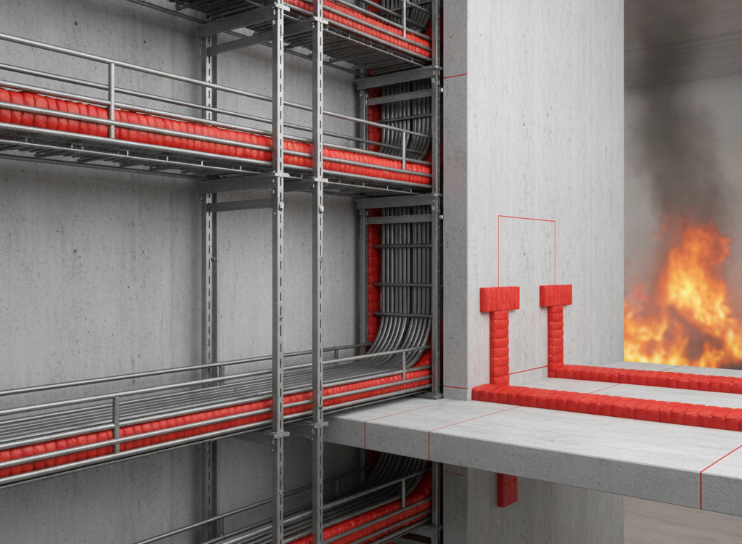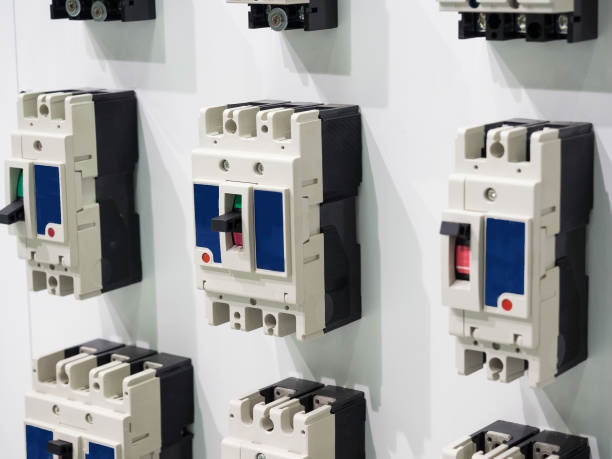Overview
A power transmission system refers to the bulk transfer of electrical energy from generating stations to secondary local load centers (substations) over very high-voltage circuits. Distribution refers to converting voltage at the load center to medium or low voltage and delivering it to end customers. Together they form the transmission and distribution network, commonly called the power grid. Transmission emphasizes reliable, low-loss long-distance delivery and the balancing of connections among grids, generation, and supply.
Voltage Transformation and Connection
Electricity produced by power plants is stepped up in voltage before transmission. Raising voltage reduces energy loss during transmission and improves transfer efficiency. After the generator output is stepped up by transformers, circuit breakers and other control equipment are used to connect the output to transmission lines.
AC and DC Transmission
Transmission lines can be implemented using alternating current (AC) or direct current (DC). In DC transmission, the AC output of a power plant is converted to DC at a rectifier station, transmitted over DC circuits, and converted back to AC at an inverter station near the receiving end. HVDC transmission typically involves lower line construction cost per unit capacity, lower transmission losses for long distances, higher transfer capacity, fewer certain stability constraints, and the ability to interconnect asynchronous systems.
Key Differences Between Transmission and Distribution
Transmission and distribution are distinct parts of the power system, each with specific roles and characteristics in delivering electricity.
- Voltage levels: Transmission uses high or extra-high voltages for long-distance transfer, while distribution operates at lower voltages suitable for end users.
- Transmission distance: Transmission handles long-distance bulk transfer of power; distribution handles short-range delivery and local allocation.
- Equipment and line types: Transmission uses specially designed high-voltage lines and equipment; distribution uses medium- or low-voltage conductors and apparatus.
- Primary objective: Transmission focuses on efficient, economical bulk transfer of power; distribution focuses on voltage conversion and delivering usable power to consumers.
Summary
Transmission and distribution work together to move electrical energy from generators to users. Transmission is optimized for long-distance, high-voltage, low-loss bulk transfer, while distribution converts and allocates that energy at voltages appropriate for end-use.
 ALLPCB
ALLPCB








